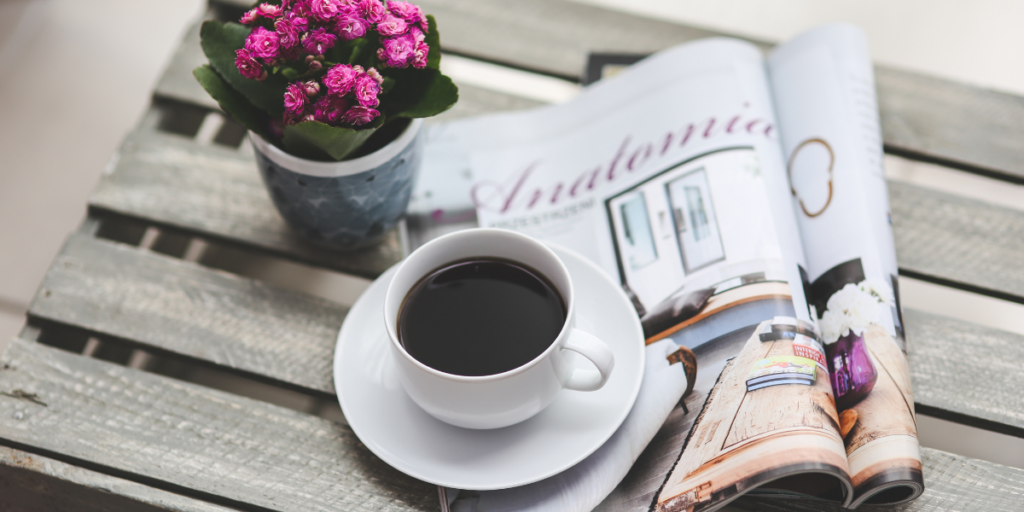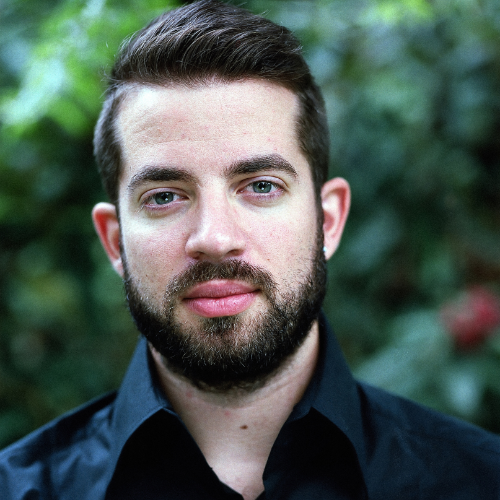Coffee, a beloved beverage enjoyed by millions around the world, has not only found a place in our daily routines but has also left its mark on various forms of art and creative expression. Throughout history, this aromatic elixir has served as a muse for writers, musicians, and filmmakers, inspiring works that capture the essence of coffee’s allure and the culture surrounding it. In this article, we will delve into the fascinating interplay between coffee and three distinct art forms – literature, music, and cinema – exploring how this humble bean has influenced and enriched the world of creativity.
The Literary Aroma of Coffee
As the steam rises from a freshly brewed cup of coffee, so do the literary creations that draw inspiration from its intoxicating aroma. From classic novels to contemporary literature, coffee often finds a place in the narrative, symbolizing comfort, companionship, or a moment of introspection.
The iconic “Coffee Cantata” penned by Johann Sebastian Bach in the early 18th century is a testament to the coffee culture’s significance. The humorous and light-hearted composition humorously depicts a father’s frustration with his coffee-addicted daughter. It highlights the growing obsession with coffee that permeated European society during the Age of Enlightenment.
In the realm of poetry, coffee has been the subject of various odes and verses that celebrate its warm embrace and stimulating properties. Renowned poets like Johann Wolfgang von Goethe and Rumi have penned verses that pay homage to the beverage’s ability to awaken the mind and foster intellectual conversations.
Moving forward, literature from the 20th and 21st centuries has also embraced coffee’s allure. In detective novels, a protagonist often seeks solace and clarity in a cup of coffee as they unravel complex mysteries. Coffee shops and cafes have become popular settings for fictional encounters, where characters engage in lively dialogues over coffee, adding depth and realism to the narratives.

Coffee: A Melody for the Soul
The relationship between coffee and music is as harmonious as a well-composed symphony. Throughout history, musicians have infused their compositions with the essence of coffee, either through thematic content or through the very act of performing in coffee houses.
Jazz, a genre that has been closely tied to coffee culture since its inception, has produced iconic tunes that immortalize the beverage. Songs like “Black Coffee” by Peggy Lee and “One More Cup of Coffee” by Bob Dylan evoke the spirit of coffee as a symbol of longing, heartache, and addiction, resonating with listeners on an emotional level.
Coffee houses and cafes have also played a pivotal role in nurturing musical talents. In the 18th and 19th centuries, coffee houses across Europe provided spaces for musicians to perform and collaborate, contributing to the development of musical culture. Even today, independent artists often find solace in coffee shops, where they can showcase their talent in an intimate and inviting atmosphere.
The Cinematic Aesthetic of Coffee
In cinema, coffee has become a visual and symbolic motif, serving as a backdrop for various scenes and encapsulating the ambiance of certain eras or settings. The act of preparing or sharing a cup of coffee can hold profound meanings, conveying camaraderie, romance, or introspection.
The famous diner scene in Quentin Tarantino’s “Pulp Fiction” is a prime example of how coffee can be used to create a sense of familiarity between characters and captivate the audience with its simplicity. The film’s iconic dialogue surrounding the subject of coffee has become a classic cinematic moment.
Beyond its use as a prop, coffee has also served as a narrative device in films that explore human connections and the complexities of relationships. In the movie “Coffee and Cigarettes” directed by Jim Jarmusch, conversations over coffee become the driving force behind a series of vignettes, capturing the essence of life’s encounters in coffee houses.
Conclusion
Coffee’s influence on literature, music, and cinema transcends time and cultural barriers, permeating through the very fabric of our artistic expressions. Its aromatic allure and the culture surrounding coffee have served as inspiration for countless works of art, adding depth, emotion, and human connection to creative endeavors.
From the poetic verses that extol its virtues to the soulful melodies that pay homage to its comforting embrace, and the cinematic moments that capture its essence on the silver screen, coffee remains a cherished muse for artists across generations.
As long as there are writers seeking inspiration, musicians seeking melody, and filmmakers seeking to capture life’s essence, the influence of coffee on art will continue to leave an indelible mark on the world’s creative landscape. So, the next time you savor a cup of coffee, take a moment to appreciate the unseen threads that bind this humble beverage to the realm of literature, music, and cinema, forever intertwining these creative realms with the ever-evolving allure of coffee.
Disclaimer: This article is for informational purposes only. The views and opinions expressed in this article are those of the author and do not necessarily reflect the official policy or position of any entity or organization.


